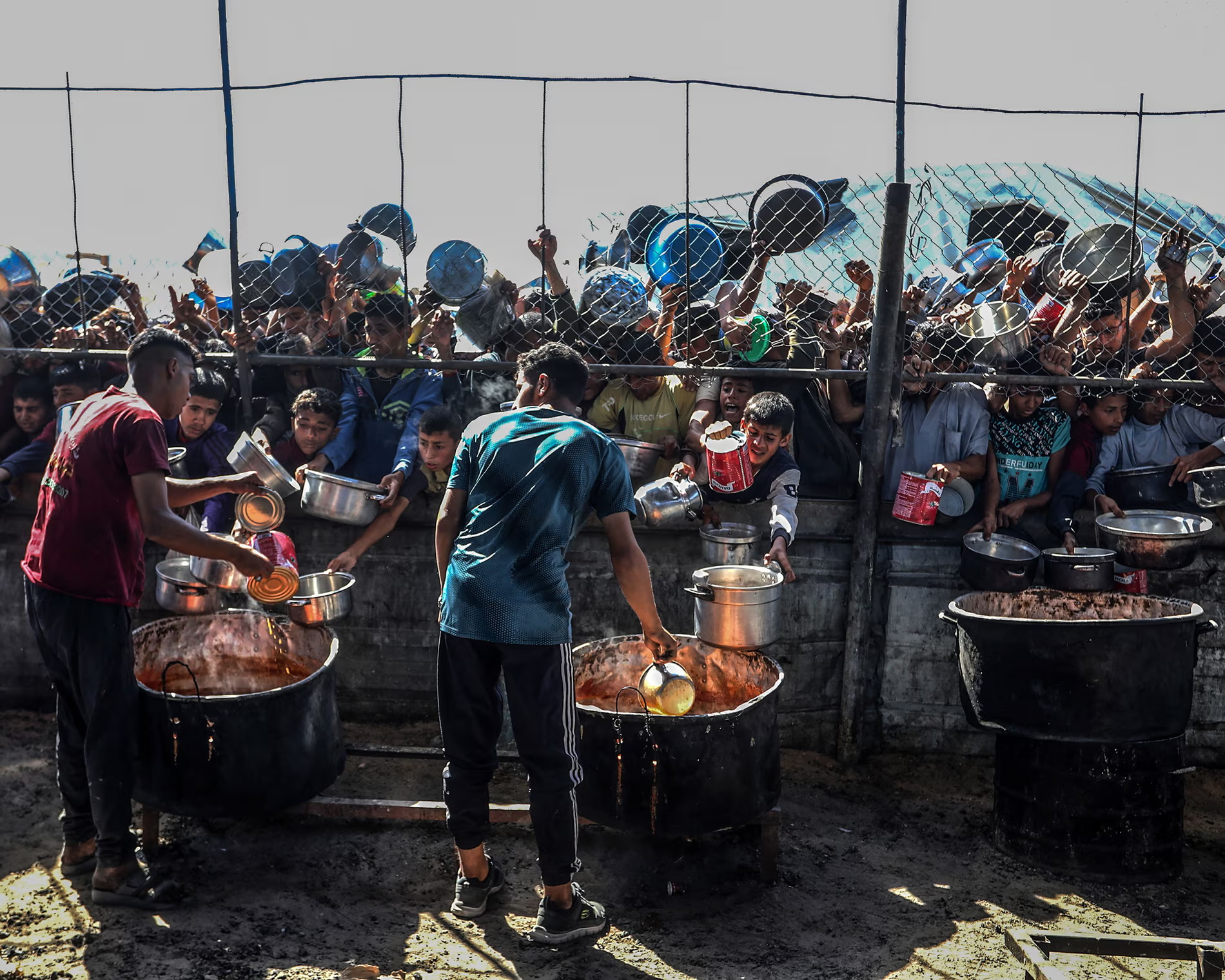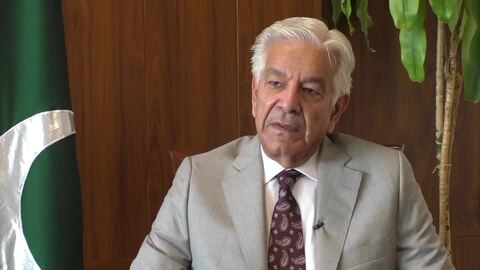The United Nations has warned that the Gaza Strip is now “the hungriest place on Earth,” with its entire population of more than 2 million people facing the imminent threat of famine. The UN’s stark declaration highlights the unprecedented humanitarian catastrophe unfolding in the besieged Palestinian enclave, which has been ravaged by months of war and a severe blockade.
Cindy McCain, Executive Director of the World Food Programme (WFP), issued an urgent appeal for immediate humanitarian access, stating: “Gaza is the hungriest place on Earth. There is famine – full-blown famine – in the north, and it’s moving its way south.” She described the situation as catastrophic and worsening by the hour.
The warning comes amid an intensifying Israeli military offensive that has led to the widespread destruction of infrastructure and food systems. Humanitarian agencies say the continuous airstrikes and restrictions on aid deliveries have left civilians, particularly children, in a state of desperation and starvation.
A new report released by the Integrated Food Security Phase Classification (IPC), a global food monitoring body, states that at least half of Gaza’s population is experiencing “catastrophic” levels of food insecurity. The report warns that unless there is a significant increase in humanitarian access, conditions will further deteriorate in the coming weeks.
UN officials have urged all parties to adhere to international humanitarian law and allow unimpeded access for aid convoys. However, despite recent Israeli announcements of increased aid entry points and coordination with international partners, agencies on the ground say little has changed. The World Health Organization and other aid groups report continued delays and denials of access, as well as attacks on medical and aid workers.
Philippe Lazzarini, Commissioner-General of the UN Relief and Works Agency (UNRWA), called the situation “a moral stain on the conscience of the world.” He added that Gaza’s children are “not dying due to a lack of food in the world, but because we are not allowed to bring it to them.”
Gaza’s health ministry has confirmed thousands of deaths since the beginning of the conflict, many of them children, and countless more injured or malnourished. Hospitals are overwhelmed and barely functioning due to shortages of electricity, medicine, and fuel.
The crisis has prompted widespread condemnation from international human rights organizations and calls for an immediate ceasefire. United Nations Secretary-General António Guterres said, “This is not just a humanitarian crisis. It is a test of our shared humanity. The suffering of Gaza’s civilians must end.”
Meanwhile, in response to international pressure, Israeli officials maintain that Hamas’s use of civilian infrastructure complicates the delivery of aid. They also continue to blame the militant group for starting the conflict and hiding among civilians.
Despite the dire warnings, prospects for a ceasefire remain uncertain, and aid agencies continue to struggle to reach the most affected areas. The UN has reiterated its call for an immediate humanitarian pause to allow life-saving supplies to reach the people of Gaza.
The current situation marks one of the gravest humanitarian crises in recent memory, with famine, disease, and displacement converging in a densely populated region already devastated by years of blockade and conflict.
Source; The Guardian



